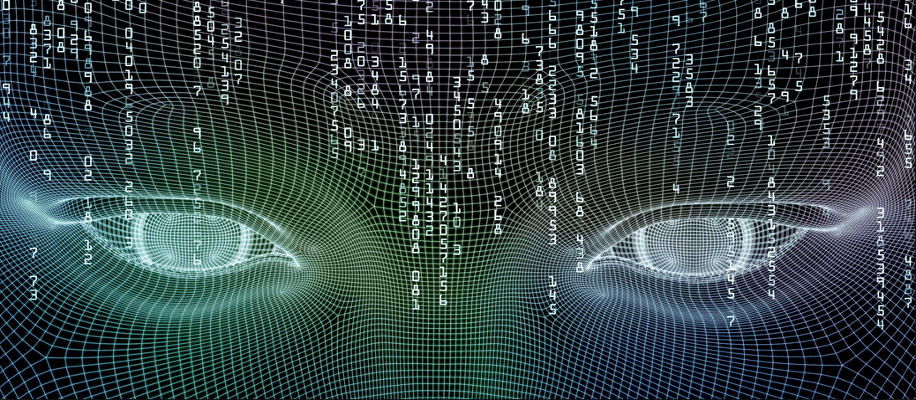Artificial intelligence has been around for a long time. As an illustrative example, let's briefly delve into the history of computer chess. Under the keyword Levy bet we travel back to the year 1968. The Scottish International Champion David Levy made a bet with computer scientist friendsthat no machine will be able to beat him in the next ten years. He won the bet and with it £1250. In the triumph of victory, he extended the bet for another ten years and was smashed by the program in 1988 Beaten "Deep Thought" 0 to 4. What should that tell us? Well, the development of artificial intelligence has been exciting people for several centuries, but never has it come anywhere near as far as in recent years! Neural networks now teach themselves chess or can recognize the mood of the person behind them based on facial expressions. In 1994, this awareness finally reached the general public when world chess champion Garry Kasparov lost 0,5 to 1,5 in a rapid tournament against “Chess Genius”. Although poker is not nearly as complicated and tactically adept as chess, one crucial skill is of great importance: intuition. Player "seeing through" is important, something previously only humans could do. The computer “DeepStack” has now learned that.
Information symmetry is unimportant
Chess or the traditional Chinese game "Go" consist of a certain information symmetry. This means that a computer "only" needs to have a certain amount of computing power in order to be able to "think" about as many moves per second as possible. He calculates all moves and chooses the one with the highest percentage chance of winning. Poker, however, relies on spontaneous, intuitive action that computers have not been able to do until now. Matej Moravcik and colleagues at the University of Alberta have now implanted this capability in a system. Intuition is important because poker is a game of imperfect information. No player has the knowledge of another player as everyone has different cards. Researchers from the magazine "Science" ascribe an even higher game complexity to poker than the game Go, which already has more than 10 to the power of 160 decision points. Intuition makes it difficult for any computer to win, so the learning and computation requirements are very complicated.
Senior author Michael Bowling explains that DeepStack learns better how poker works from hand to hand via a neural network. It plays each round without worrying about the rest of the game. In this way, it learns what reaction might be best for a wide variety of situations. In other words, like a growing child, DeepStack learns what intuition is and teaches itself. Researchers agree that DeepStack would pass the Turing test if it could be measured through a game of poker.
The Turing test was proposed by British mathematician and logician Alan Turing in 1950. The test is used to compare whether a machine has the same ability to think as a human being. To do this, a blindfolded person conducts a conversation with two people using a keyboard. Both interlocutors try to convince the test person that they are thinking people. If the person cannot say who the machine is at the end of the conversation, the computer has passed the test.
Artificial Neural Network
The reason for the groundbreaking developments is the artificial neural network. Not only, but mostly. As a field of neuroinformatics, the branch of artificial intelligence deals with the creation of a functioning neural network based on a biological model. And that works surprisingly well. While the focus is more on the abstraction or modeling of information processing and less on the exact replica of a human neural network, the learning power of such a neural model is incredible! For example, it is not always possible for robots on Mars (so-called "agents") to make the right decision through the installed programming. None of the scientists can foresee the dangers such an agent encounters on a Mars mission. Accordingly, the agent is given a series of tasks to solve. Mastering difficult routes, for example, without falling over or choosing the best path. The agent is then evaluated and can learn a new function based on this evaluation.
It's very human now. A form of positive reinforcement can be used to show the system what is right and what is wrong. Like a child. Chess, Go and Poker are just gimmicks from different researchers. AI can be found in many everyday objects such as driving assistants, self-flying drones or, of course, PC games. The internet giant Google is presenting what else is new in terms of AI at its in-house I/O trade fair. Artificial intelligence will become more and more part of our everyday lives in the coming years. Our cell phones will soon be able to tell us how we feel and what is bothering us. Scary and fascinating at the same time!








